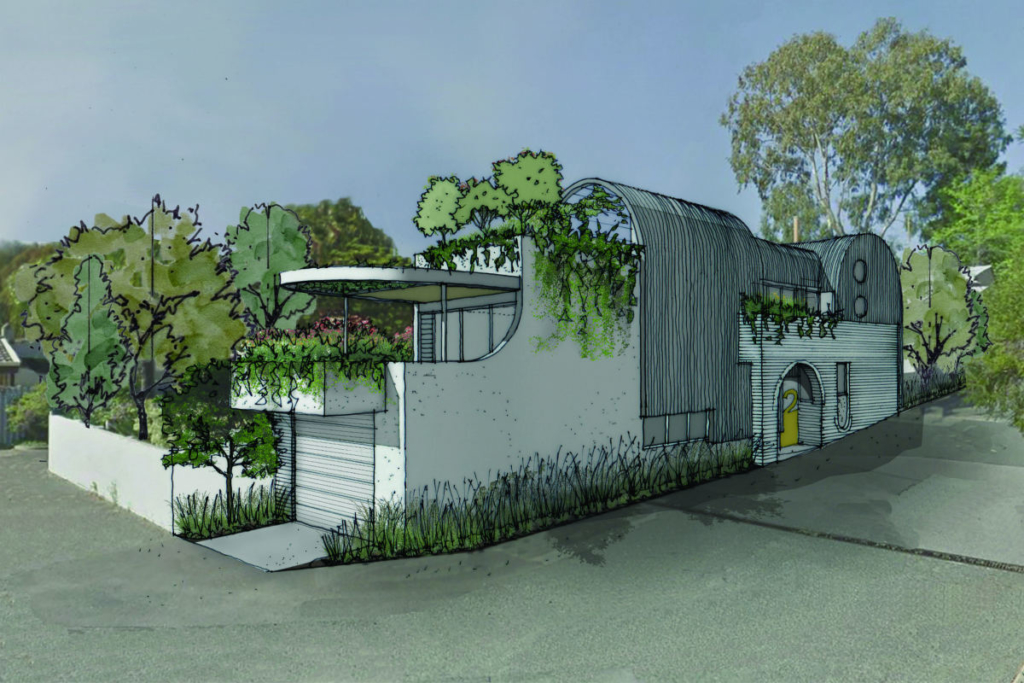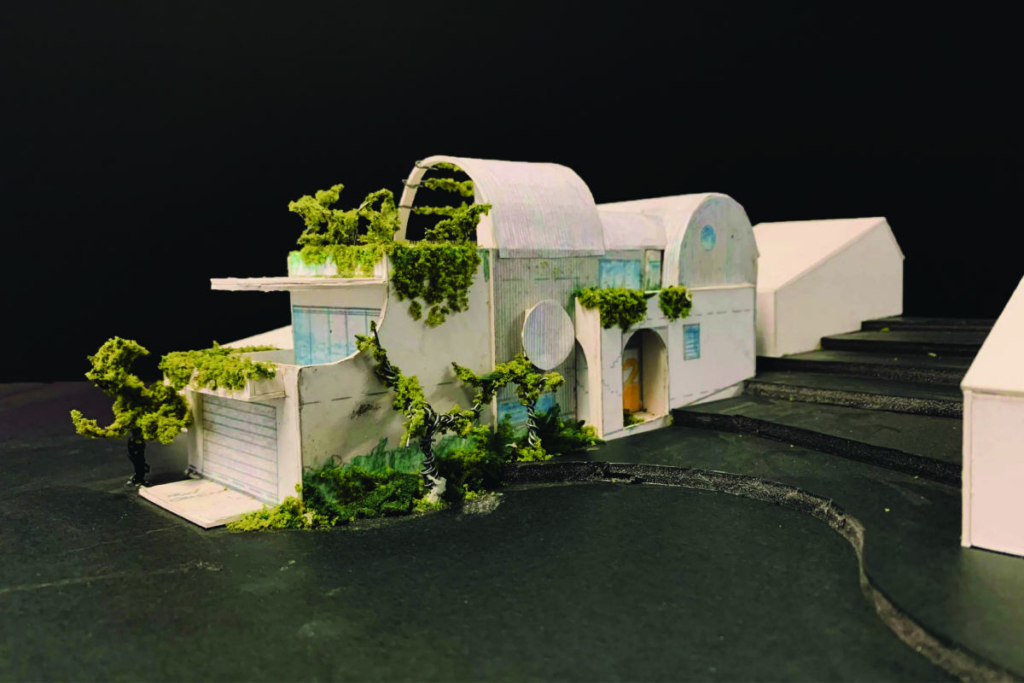Galbamaanup House is located adjacent to Galbammaanup (Place of Black Water), ‘Lake Claremont’ within the wetland area of Claremont/Swanbourne. The area has a fascinating history with the Noongar myth stating that the wetland was created by the Waugal.
The area was used by the Noongar people for camping and hunting, something that continued at this place until 1951 when the State Government ‘moved on’ the families continuing to live adjacent to this wetland. The first European settlement of the locality wasby John Butler who was granted ten acres of land in 1831. Butler farmed the land and his name became the namesake of the wetland that was known as Butlers Swamp.
In 1859 military pensioners arriving from England were granted areas of land to the eastern side of Butlers Swamp, being the location of the site for this house.
In the early 1980’s the area around the site was sub-divided and ‘Links Court’ was constructed to serve the sub-division. The small single story 1980’s house on the site was demolished to make way for this new house.
The design of the new house takes cues from the more substantial remaining two-story townhouses within the sub-division with face brick walls and featuring arches to openings. The vaulted roof forms are a response to height limitations that allowed the project to maximise the height at which the building is habitable.
The compact building maximises the use of the site over two floors through split-levels and a roof terrace. The timber framed walls and timber suspended floor building delivers on its sustainable credentials which are further enhanced through the passive solar design and careful provision of cross ventilation.
A water wise garden has been designed with plants selected from the adjacent wetland. Storm water from the building is collected at ground level ‘wetland’ garden swales.


